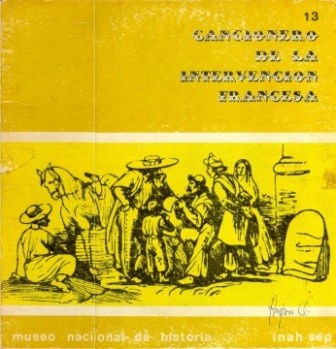Apple’s recent announcement of a “gamechanger” in education arrived with much fanfare and generated mega decibels of buzz around the world because the Cupertino, CA tech giant was again attempting, to either A) help revolutionize how we consume and create content, or B) to gobble up yet another industry.
The past few days have produced many posts and tweets, many critical, many outraged, some cynical and others truly awed and excited about the possibilites iBook Author offers. With all the questions regarding content ownership, portability, collusion with mega publishers aside, we at Zacatechista wanted to drop our own thought droppings on eTextbooks and iBook Author specifically.
Here is a screenshot of our current project–and the reason for this post:

We should disclose that we have been working for more than a year now on a set of English Language Development games and apps for the iPad called elDcoder, and while the project is still under construction, the prospects of being able to extend its boundaries into the textbook realm offers new possibilities.
First, as content creators we look forward to adapting and extending the content of elDcoder, which is currently much more geared to gaming and testing English listening, reading, writing skills, and porting some of that over onto a sequential textbook series that can accompany the app, or vice versa. And its clear after only one weekend of playing with iBook Author really makes this process easy. This should come as no surprise, coming from the same company that puts out Garage Band and iMovie, both of which were used to build the content for the first chapter of elDcoder’s (Beginner level).
Getting the hang of it was no problem. Knowing how to best take advantage of the features and to better streamline your job will require more tinkering. Discovering the versatility of working with Dashcode also contributed to the prolonged sense of tech-arousal inherent in these interactions. Now a textbook can be embedded with anything we can dream of, as long as it is not Flash.
As for what this means for English Language Learners? Well, anyone that teaches ELL students knows that ELD curriculum is not always the top priority of most schools or districts. The requirements are there, but ELD, at least as it is practiced in California is a reality often found on paper, but with so many curricular and other constraints, it often goes untaught or folded into the traditional English Language Arts, leaving many students with profound language gaps in both the forms and functions of English which prevent them from every reaching Fluent English Proficient Status, permanently relegating them to a secondary LEP status, thereby not graduating, or amounting to anything, and dying a cold and lonely death.

OK, hyperbole aside, It should also be noted that while explicit English Language Development is very important, not just for newcomers, but for those students with years in the system, there often is very little invested in terms of materials for its instructions, leaving many teachers to make up their own curriculum. This is where iBooks author comes in. All of us who are in the trade of educating English Language Learners in all of their manifestations and who have been for years developing our own curriculum where there was none now can come together and start building the next generation of textbooks, as open and free in many cases, and under Apples restrictive ownership agreements in others.
The goal for us ESL teachers, authors and content providers should not be whether can get rich making textbooks, as the mega-conglomerates are happy to do, but to offer schools the most authentic, constantly updated, classroom-tested textbooks at the lowest possible price in the name of education. If we must partner with the Giant Apple that is now doing the gobbling in order to do so, then we must deal with them with the best interest of our students constantly in our mind.
If you are interested in contacting us about possible collaborations or if you have further questions, please leave a comment below. We will be launching a more formal collaborative effort with the aims of producing a collaborative eTextbook series for English Language Learners in the coming months and asking other interested educators to share their lessons, materials and other resources for inclusion into the elDecoder series.







